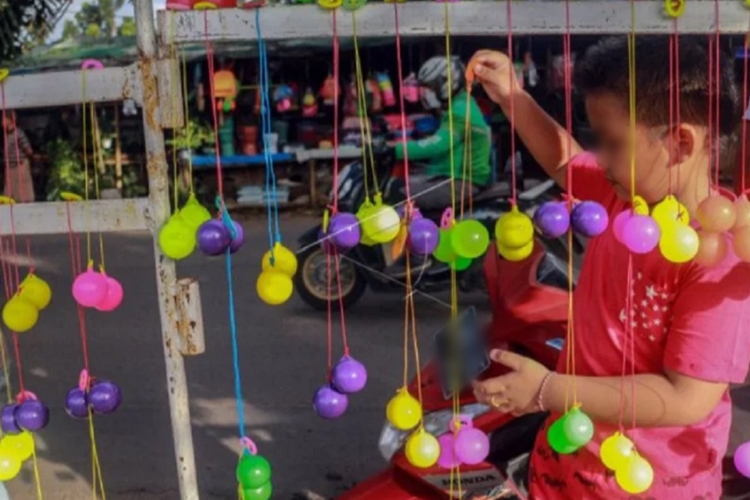Find out what is lato-lato
LATO-LATO – Following a long line of popular toys like aroma beads, loom bracelets, slimes, and fidget spinners, the latest toy craze has captivated both children and adults worldwide.
Lato-lato, consisting of two plastic balls connected by a string, requires players to swing the string up and down, creating a distinct clacking sound as the balls collide. The objective is to maintain the clacking rhythm for as long as possible in a game played between two lato-lato enthusiasts. Videos of lato-lato battles have flooded social media, showcasing both casual and competitive gameplay.
The popularity of lato-lato has spread across the streets, schools, and online platforms, with its affordable price range of P15 to P25 in the Philippines contributing to its widespread appeal. Although the term ‘lato-lato’ originates from the Buginese language spoken in Indonesia, the toy actually traces its roots back to the United States in the 1960s, where it gained popularity under various names such as clackers, click-clacks, and knockers.

While lato-lato has gained a devoted following, it has also faced criticism. Countries like the United States and the United Kingdom have banned the toy due to concerns about sound pollution and potential hearing damage. Safety issues and the nuisance caused by the noise have led some schools in Indonesia to prohibit its use.
Regardless of the mixed reception, the clacking sound of lato-lato seems to have found its place in the toy trends of the Philippines, where it continues to entertain and engage enthusiasts, albeit not without its share of criticisms.
@resielsison14 Lato-lato challenges 4minutes #fyp ♬ original sound – Sielyyyyyy
What can you say about this article? Share your thoughts or insights in the comment section below. For more news and the latest updates, feel free to visit Newspapers.ph more often as well as our Facebook page and YouTube channel.
